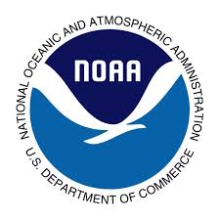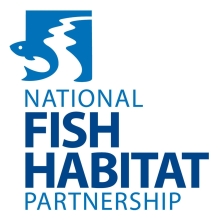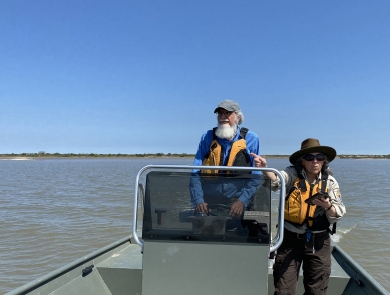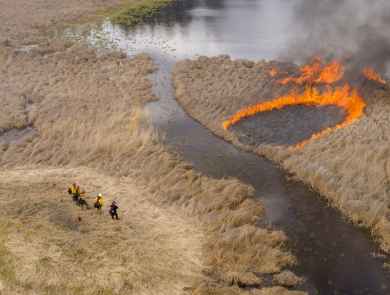
Partners are valuable allies to the the U.S. Fish and Wildlife Service and play a vital role in meeting the Service's conservation goals. We team up with private conservation organizations, state and federal agencies and tribes. Together, with the landowner, this collective shares funding, materials, equipment, labor and expertise to meet restoration goals and our conservation mission.
Partnership Categories
Great things happen when partners are matched with the right opportunities. That's why we work with many types of partners at FWS from local businesses and conservation groups to veterans and large industry partners. Here are just a few of the Partner Categories working with FWS today.
Our Partners
Here are just a few of our national partners. You can view the full list of FWS partners, along with the regions and areas of focus our work together entails.
Latest Stories About Our Partners
Partnership Services
Through our partnerships we are able to expand our capabilities through the inclusion of services in areas such as:
- Grant opportunities
- Sponsorship of grants
- Cooperative Agreements
To find out more about how our partner provides services view our partner services below.













